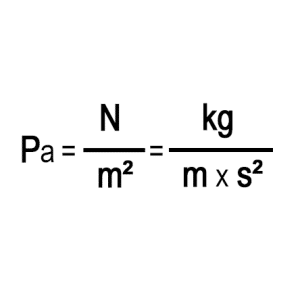The commonly used units of pressure are the pascal (Pa), the standard atmosphere (atm), the bar, the millimeter of mercury (mmHg) and the psi. The pascal is the international and legal unit of pressure, corresponding to 1 newton per square meter (1 Pa = 1 N/m²). Other pressure units are converted from the pascal. For example, 1 bar equals 100,000 Pa and 1 atm equals 101,325 Pa. There are also other pressure units, such as millimeters of mercury, centimeters of water and psi, which are used in specific fields. Knowing the equivalence between these units makes it easy to convert pressure from one unit to another. 
Pressure is a fundamental physical quantity used to measure the force exerted on a given surface. It plays a crucial role in various fields such as meteorology, industry and physics. Understanding what is a pressure transmitter, the units of pressure and how to convert them is essential for correctly interpreting pressure measurements and assessments. Pressure is defined as the quotient of a force (F) over the area of the surface (S) to which it is applied: p = F/S. There are different units of pressure used around the world, each with its own specific field of application and equivalences.
Commonly used pressure units
- The standard atmosphere (atm): The standard atmosphere is a unit of pressure used to measure atmospheric pressure. One standard atmosphere is equivalent to the pressure exerted by a 760 mm column of mercury at 0°C. 1 atm = 101,325 Pa.
- The bar: The bar is a unit of pressure commonly used to measure the pressure of tyres, oxygen and acetylene cylinders, as well as in scuba diving applications. One bar is approximately equal to atmospheric pressure. 1 bar = 100,000 Pa.
- The millimeter of mercury (mmHg): The millimeter of mercury, also known as the torr, is a unit of pressure historically used in physics. 760 mmHg corresponds to one atmosphere at 0°C. 1 mmHg = 133.322368 Pa at 0°C.
- The psi (pound per square inch): The psi is a unit of pressure widely used to measure tyre pressure. 1 psi is equivalent to approximately 6894.76 Pa.




























































